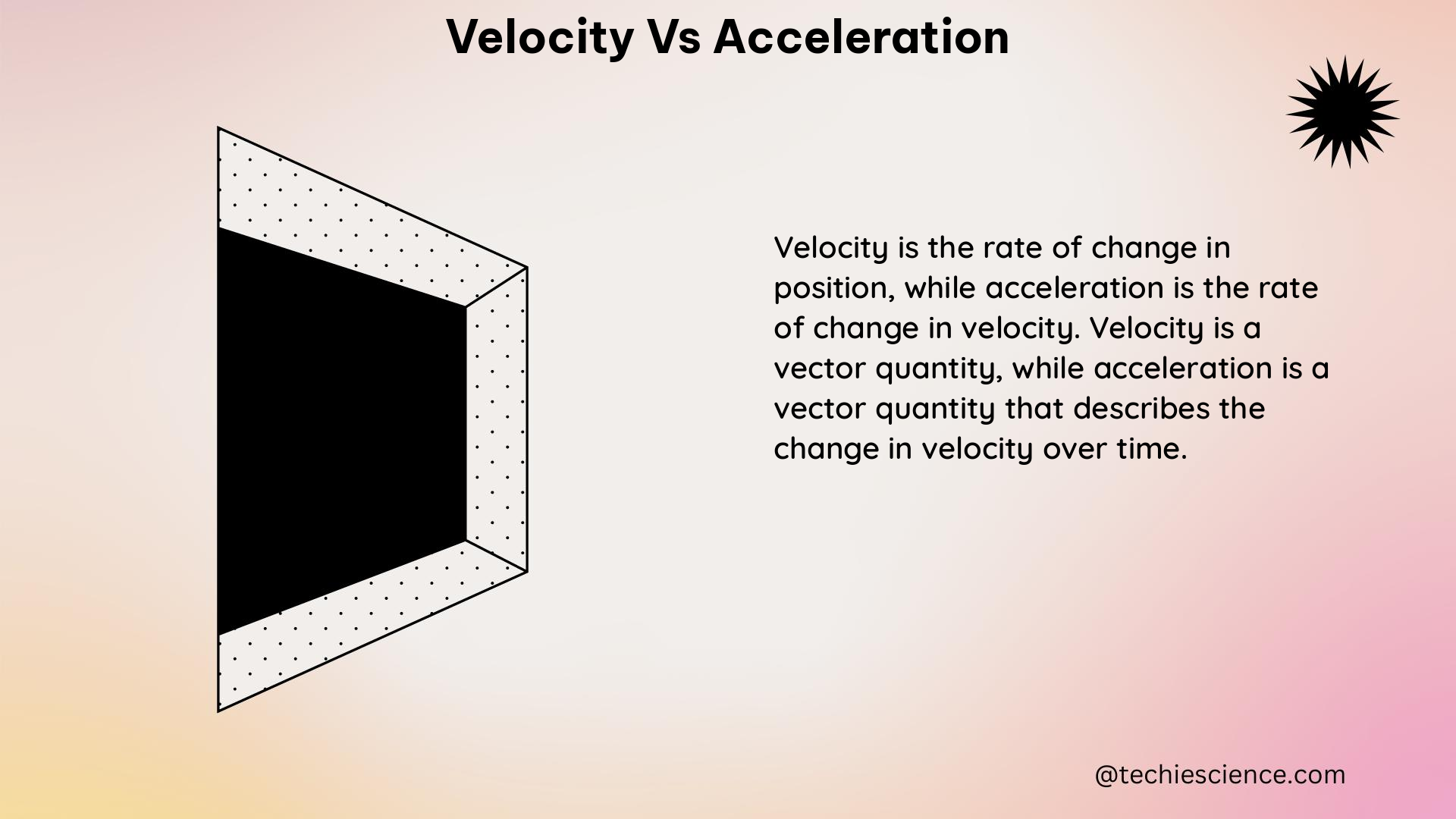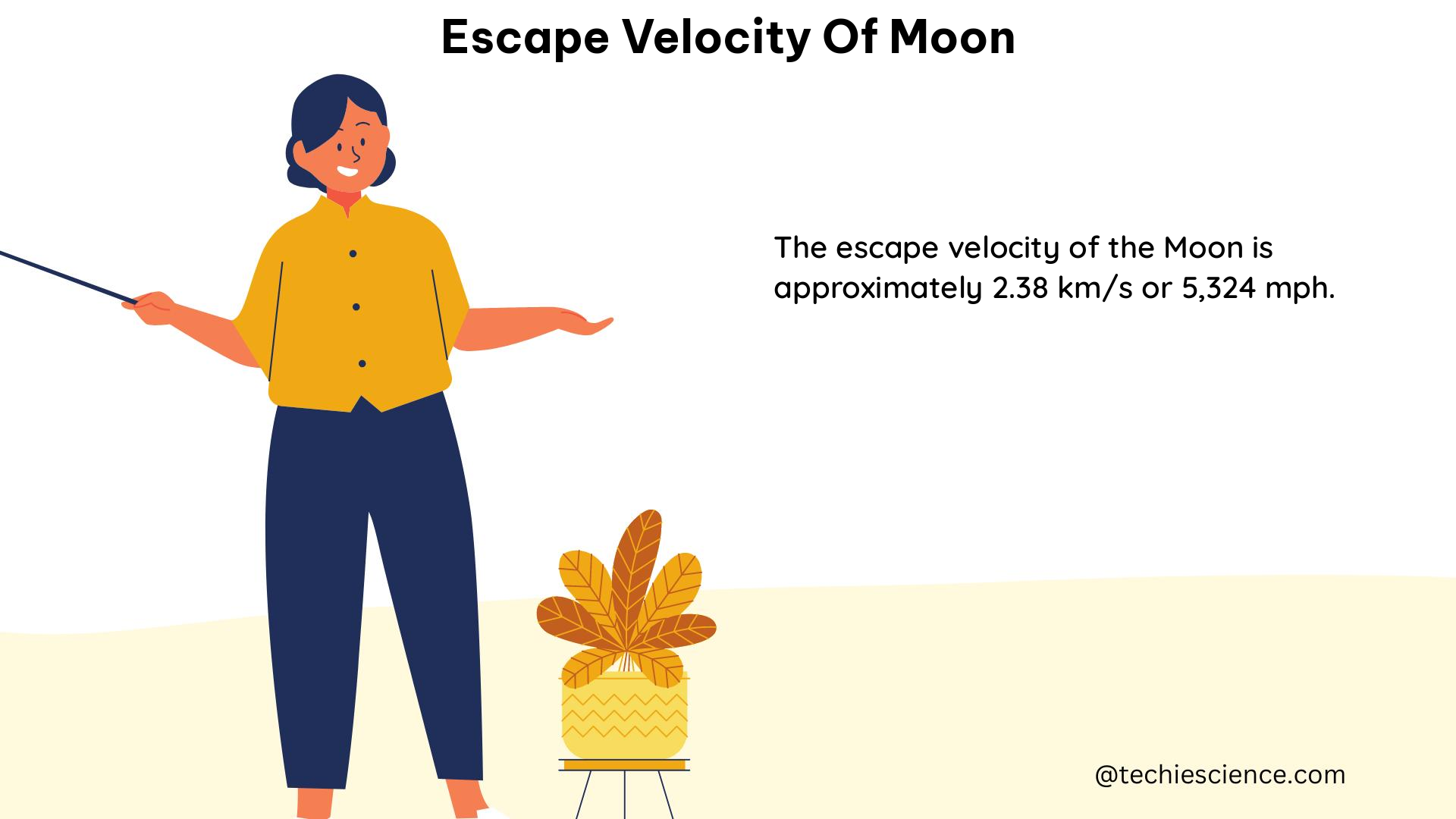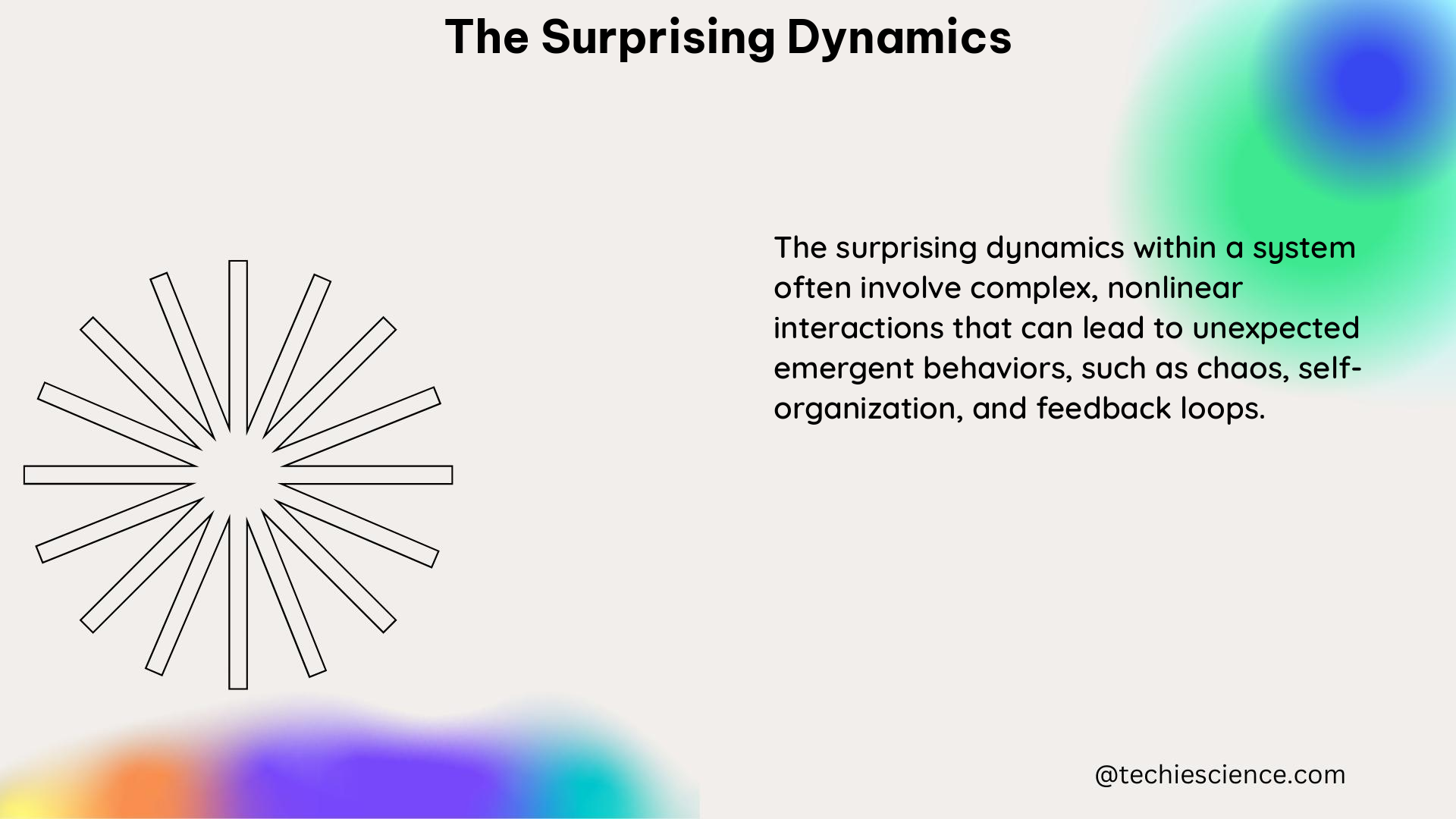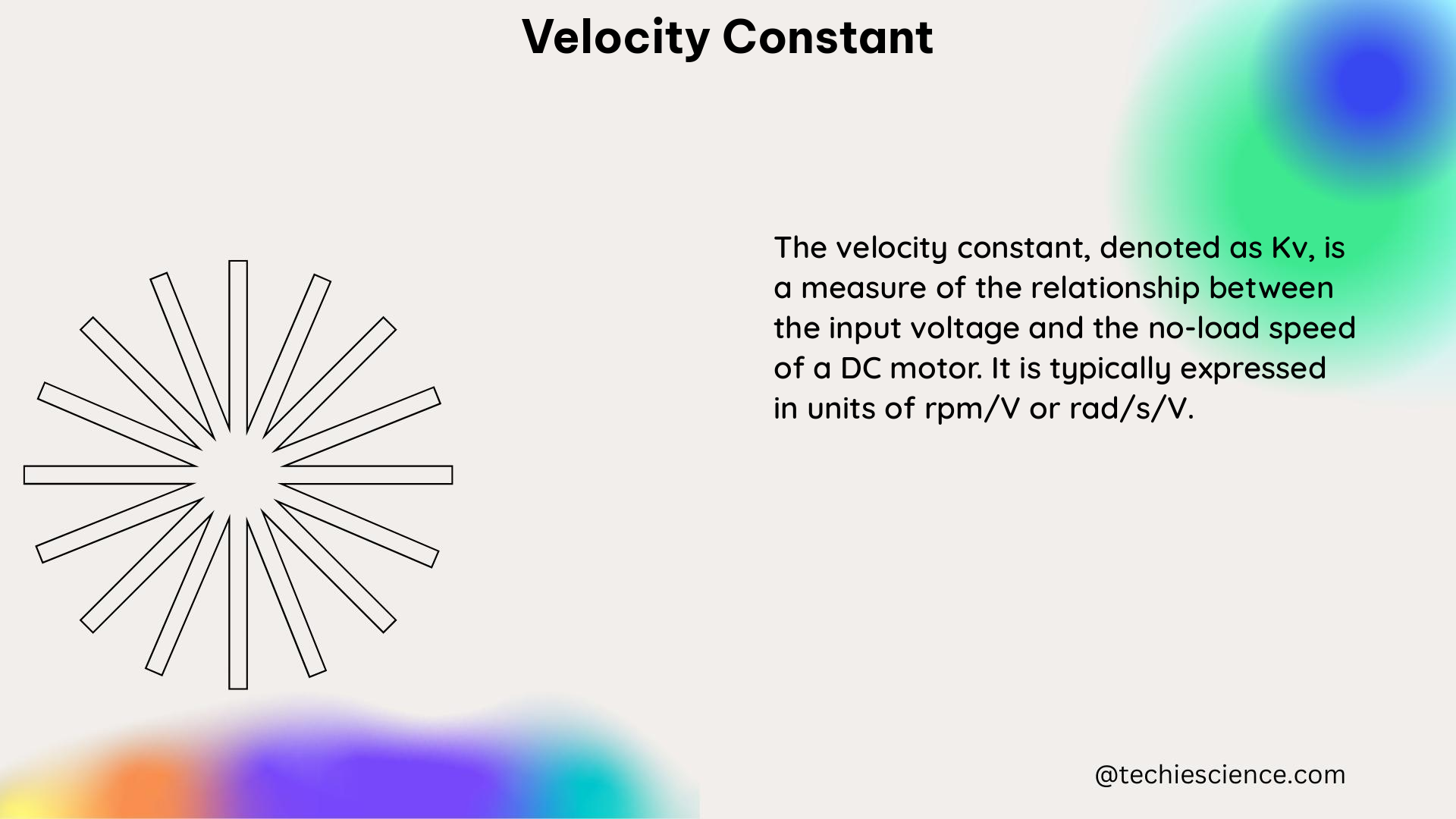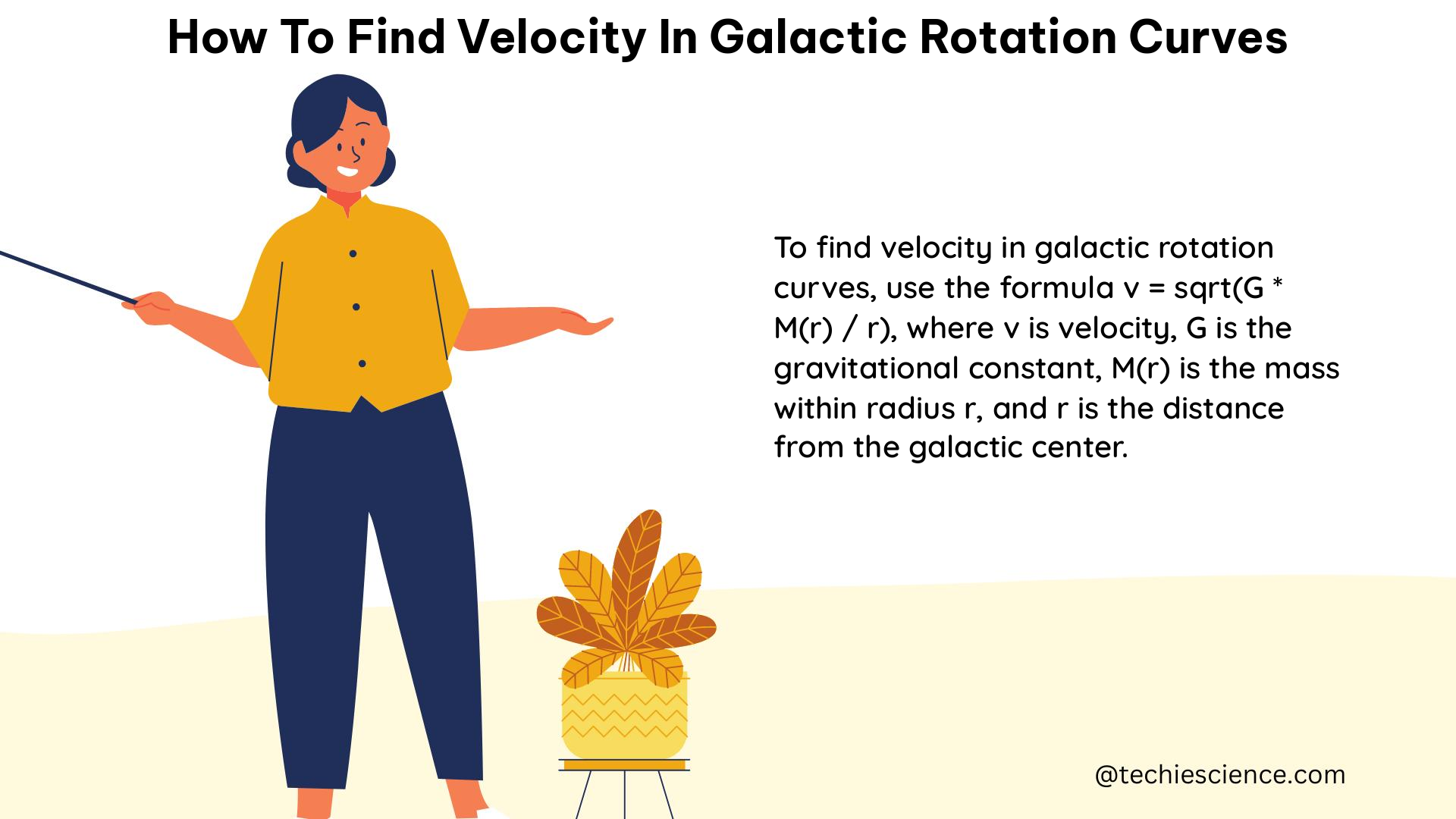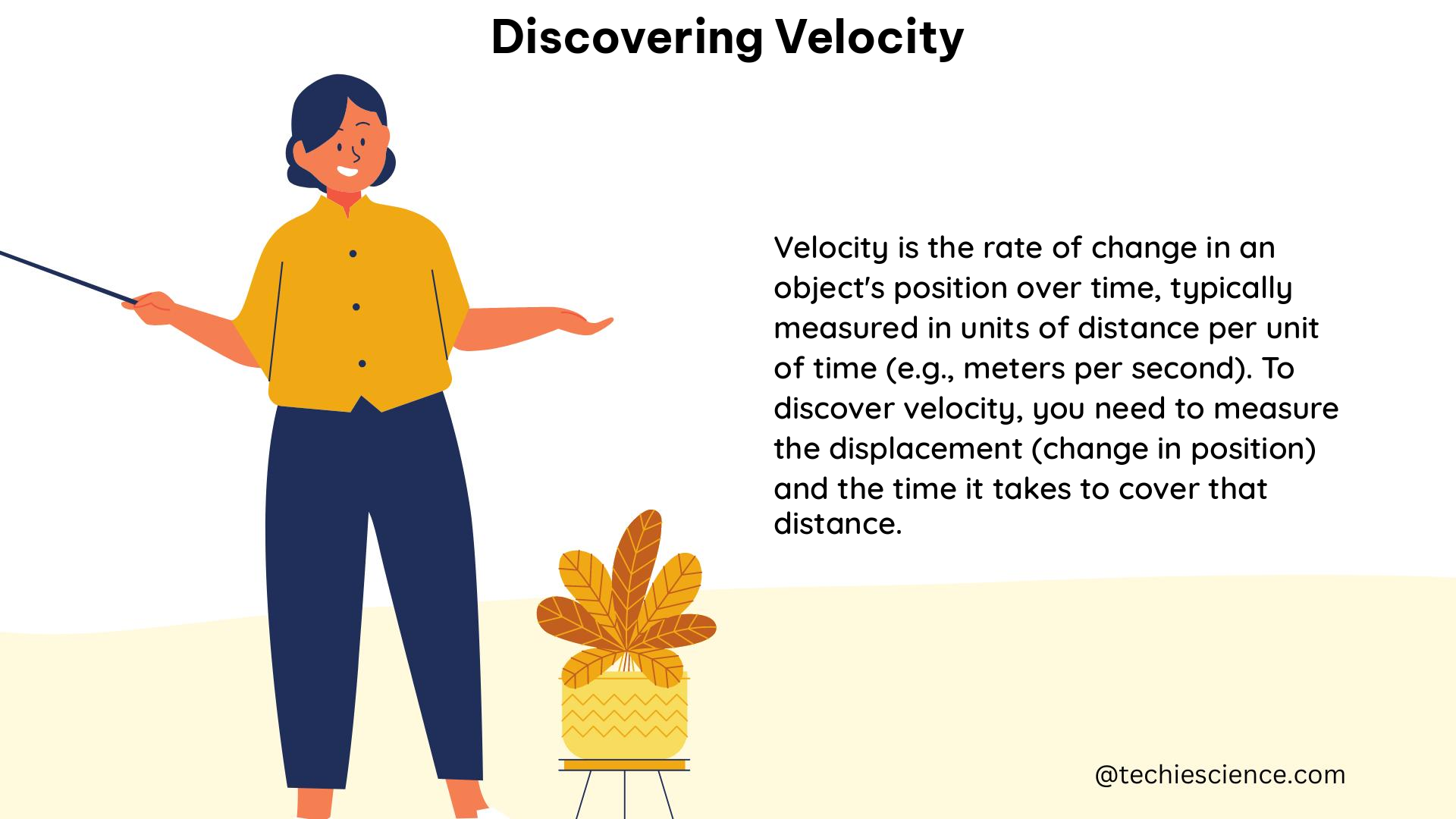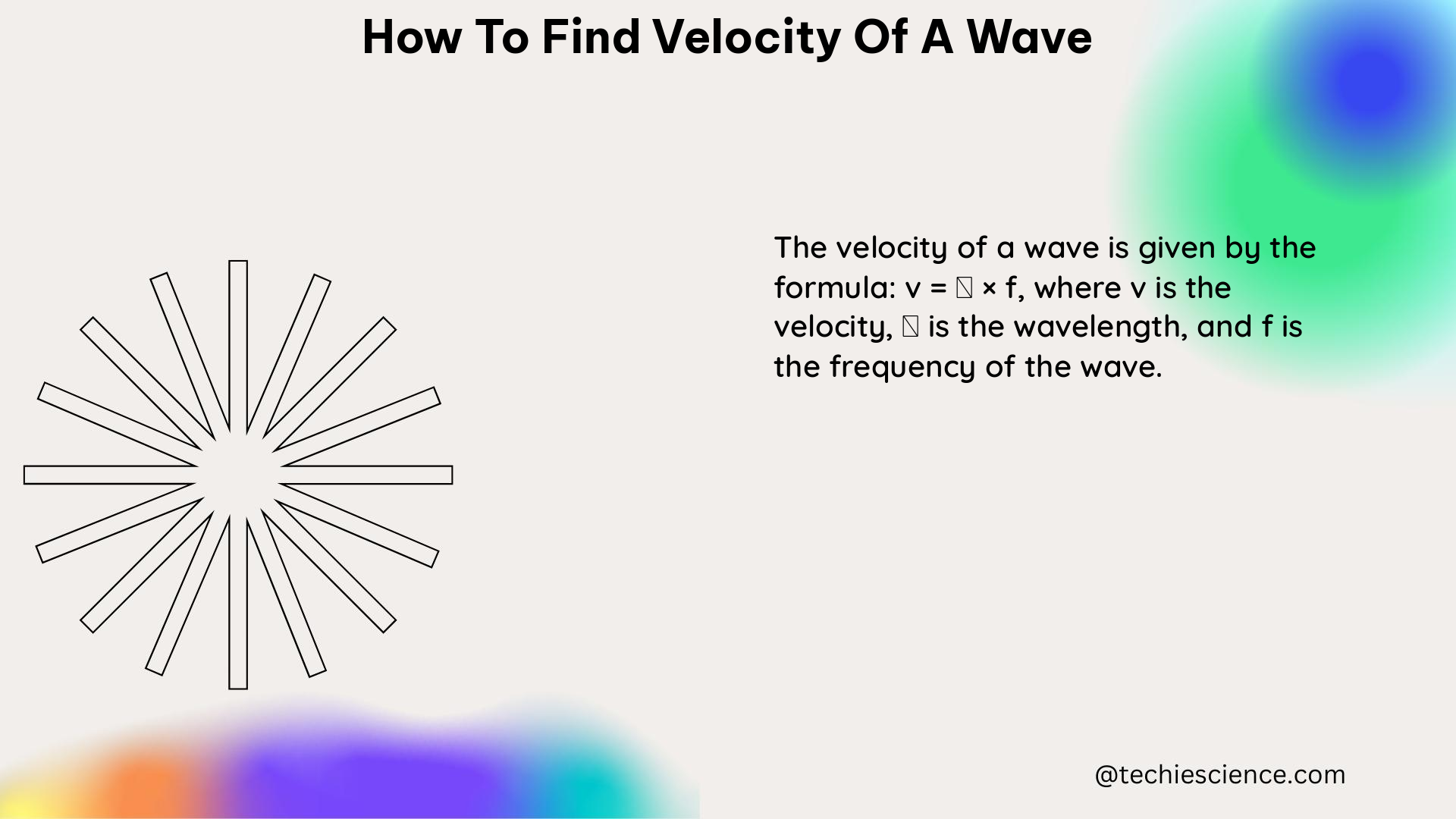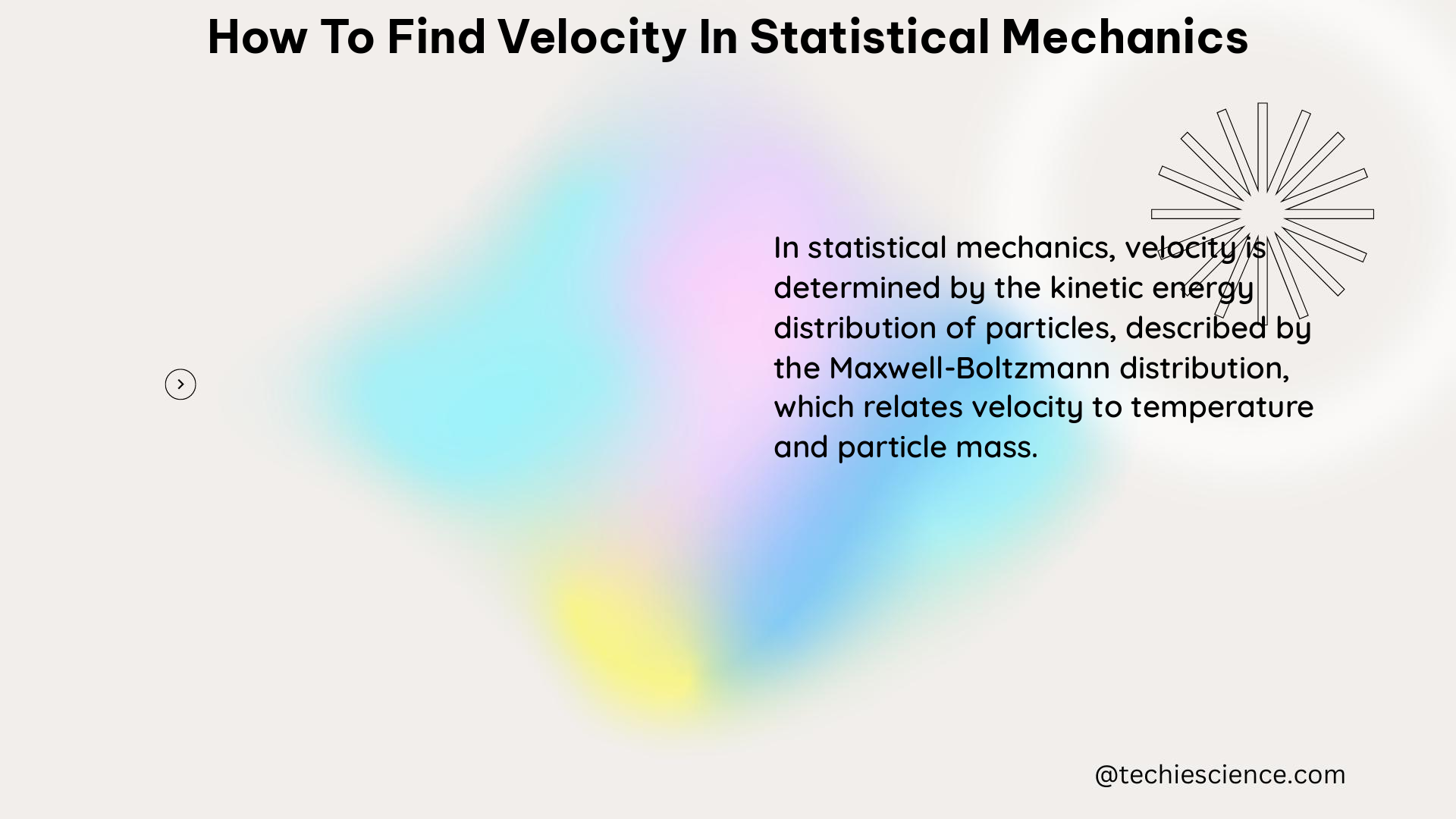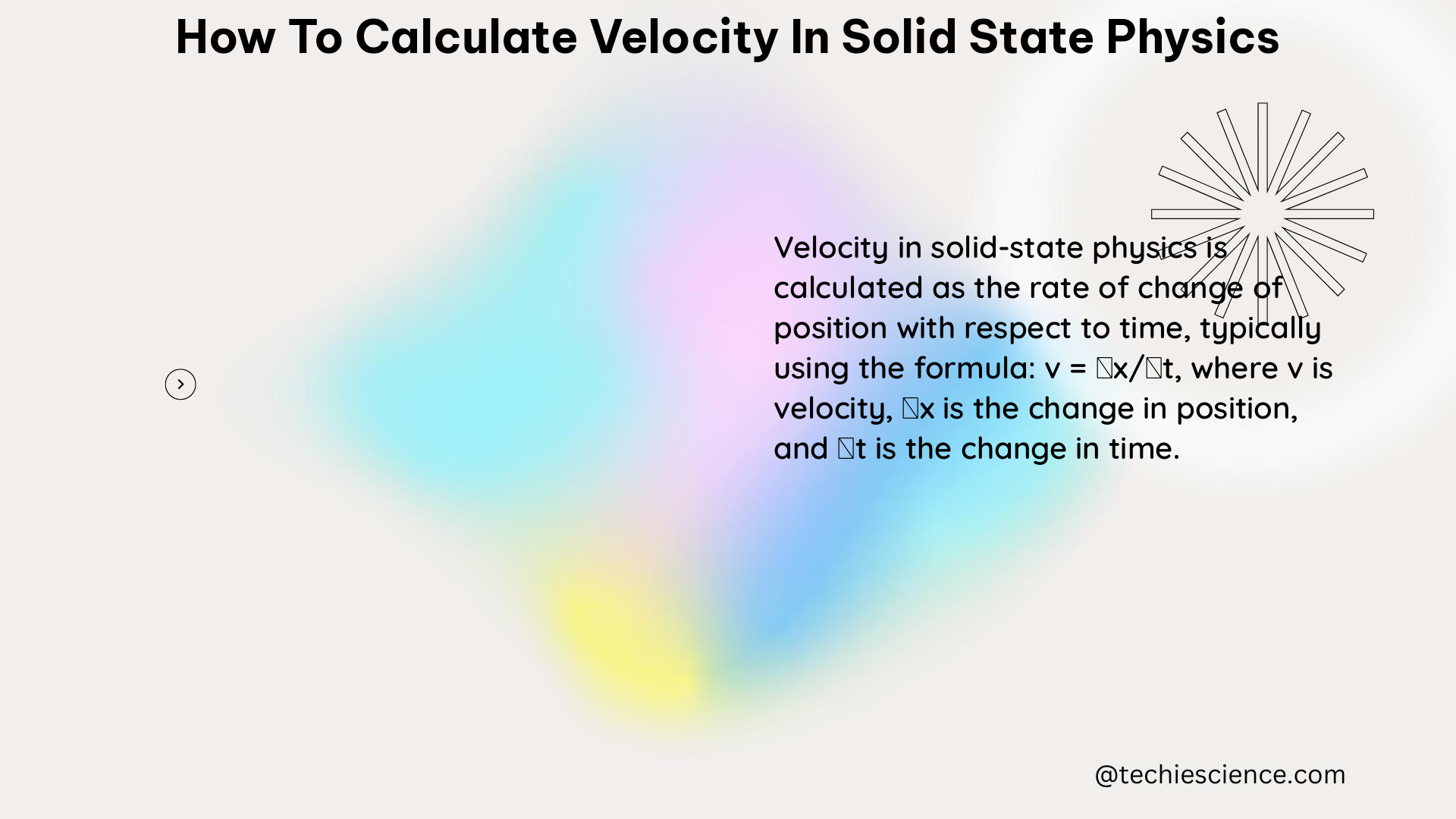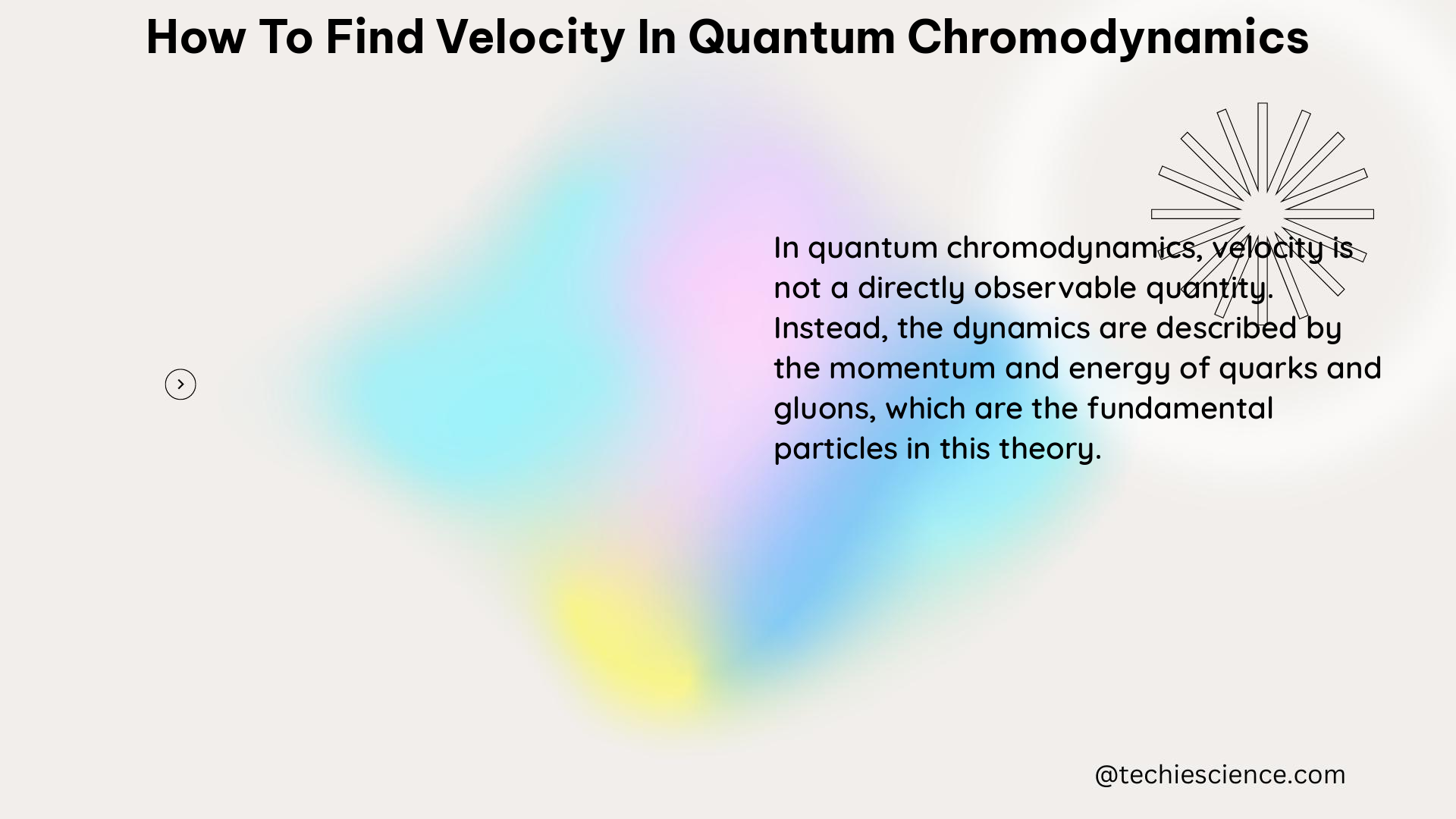Velocity vs Acceleration: A Comprehensive Guide for Physics Students
Velocity and acceleration are two fundamental concepts in physics that describe the motion of objects. Velocity is a vector quantity that represents the rate of change of an object’s position with respect to a reference frame, typically time. Acceleration, on the other hand, is also a vector quantity that describes the rate of change of … Read more
